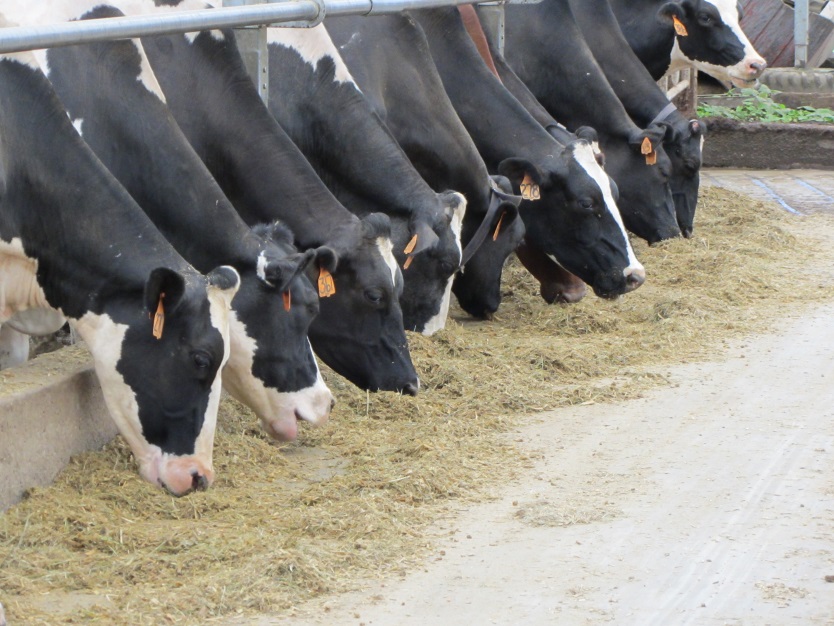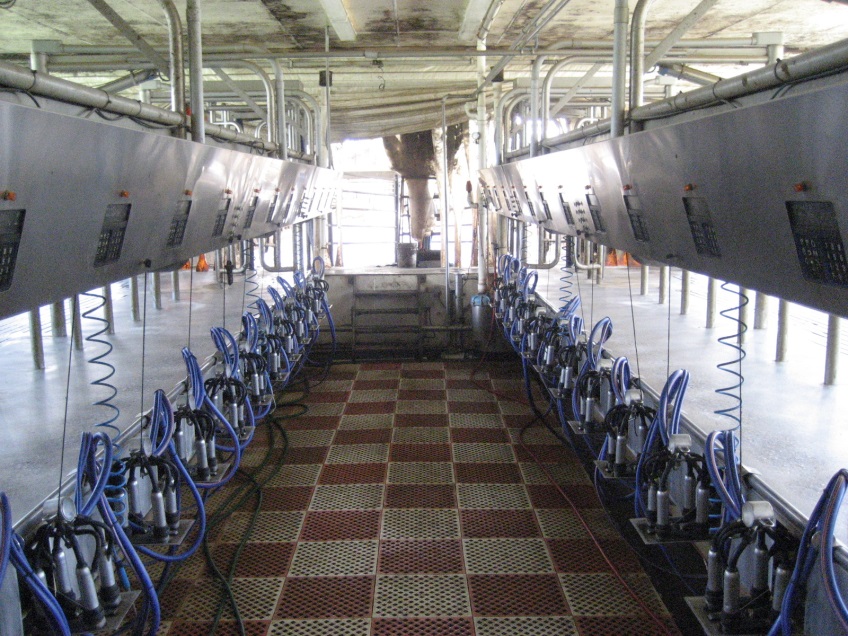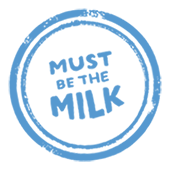
Meet Guest Blogger Diane Bothfeld
Diane Bothfeld was raised on a dairy farm in Cabot, Vermont, and has not strayed from her dairy roots throughout her successful career. Currently, Diane serves as Deputy Secretary for Dairy Policy, Director of Administrative Services and Agricultural Development for the Vermont Agency of Agriculture, Food and Markets. Diane has been a voice for all Vermont dairies and has been a member of the Vermont Northeast Organic Farmers Association as well as a director of the Vermont Dairy Industry Association. Below, Diane writes a guest blog post for us on how milk can get from the farm to you in just 24 hours. Enjoy!
From the Farm to You in a Day
By: Diane Bothfeld
In New England, fluid milk makes a very short trip from the farm to you both in time and distance. The cows can be milked in the morning on Monday and the milk is in the supermarket on Tuesday morning! But what happens to the milk on its trip from the farm to the store?
On most farms in New England, cows are milked twice a day with about 10 to 12 hours between milkings. Farmers can choose the time, but need to be consistent from day to day. For instance, some farmers choose to milk cows at 5:00 a.m. and 5:00 p.m., while others prefer to start at 8 a.m. and milk again at 8:00 p.m.


During milking, each cow is treated individually – her udder is cleaned with an individual towel and sanitizing solution. A milking machine is used to milk the majority of cows in New England – these machines used gentle vacuum and pulsation to collect the milk from the cow. The milking machine collects the milk and it is then pumped to a refrigerated holding tank, or bulk tank, where it is cooled and then held at a temperature of 40 degrees or less until picked-up by the milk truck.


From the bulk tank, the milk is picked up by a milk truck, moving the milk from the farm to the processing facility where the milk is bottled. When the truck arrives at the bottling facility, many steps occur prior to unloading the milk. A sample of milk from the truck is tested for the fat, protein and mineral levels. This information is used to make sure the milk’s quality is up to par and also to determine payment to the farmer for the milk. The milk is also tested for impurities or contaminants, such as antibiotics, to be sure the milk is pure and wholesome. Any truckloads that are found to not meet the strict quality standards set by the FDA are rejected and disposed of, never to be used for human consumption.


If it meets all the test requirements, the milk is then unloaded into the processing plant to be pasteurized, homogenized and turned into the delicious bottled milk you know and love! If the milk is going directly to a supermarket – it can be on the shelf in one day’s time.

From the farm to you in a day – pretty impressive!
Did you learn something from this post? Do you have a question about how milk gets from the farm to you? Leave your comments and questions below!
